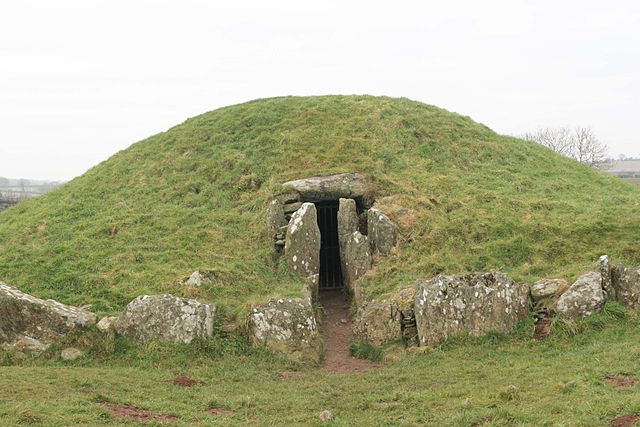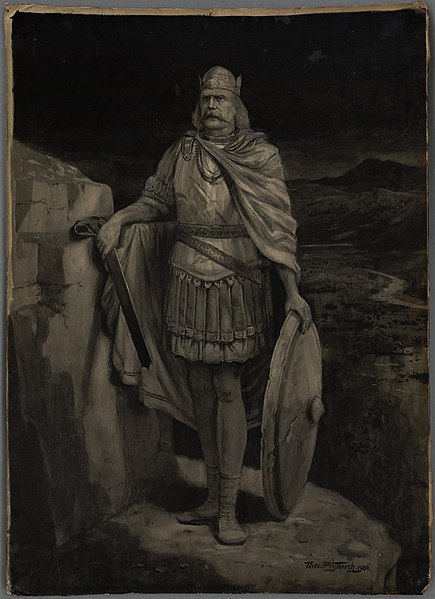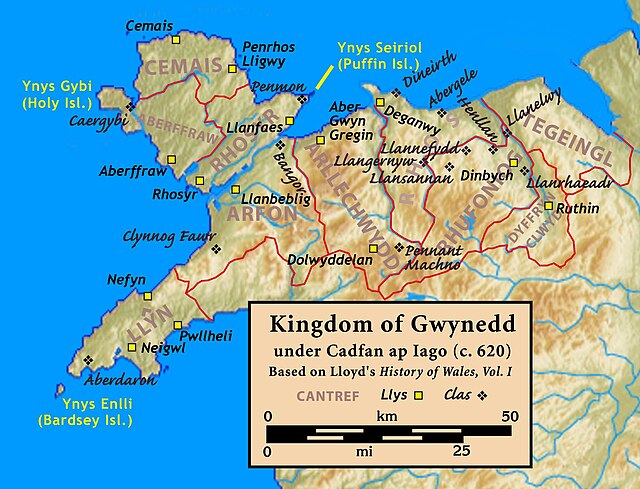The history of what is now Wales begins with evidence of a Neanderthal presence from at least 230,000 years ago, while Homo sapiens arrived by about 31,000 BC. However, continuous habitation by modern humans dates from the period after the end of the last ice age around 9000 BC, and Wales has many remains from the Mesolithic, Neolithic, and Bronze Age. During the Iron Age the region, like all of Britain south of the Firth of Forth, the culture had become Celtic, with a common Brittonic language. The Romans, who began their conquest of Britain in AD 43, first campaigned in what is now northeast Wales in 48 against the Deceangli, and gained total control of the region with their defeat of the Ordovices in 79. The Romans departed from Britain in the 5th century, opening the door for the Anglo-Saxon settlement. Thereafter, the culture began to splinter into a number of kingdoms. The Welsh people formed with English encroachment that effectively separated them from the other surviving Brittonic-speaking peoples in the early middle ages.

Bryn Celli Ddu, a late Neolithic chambered tomb on Anglesey
Caradog by Thomas Prydderch. Caradog led multiple celtic tribes against the Romans.
Roman invasion of Wales.
Gravestone of King Cadfan ap Iago of Gwynedd (died c. 625) in Llangadwaladr church
The Kingdom of Gwynedd was a Welsh kingdom and a Roman Empire successor state that emerged in sub-Roman Britain in the 5th century during the Anglo-Saxon settlement of Britain.
Medieval kingdoms of Wales
Bryn Eryr, recreation of pre Roman roundhouse, it's a 2,000-year-old Celtic Iron Age home.
Kingdom of Gwynedd c. 620
Gravestone of Cadfan ap Iago, father of Cadwallon ap Cadfan







